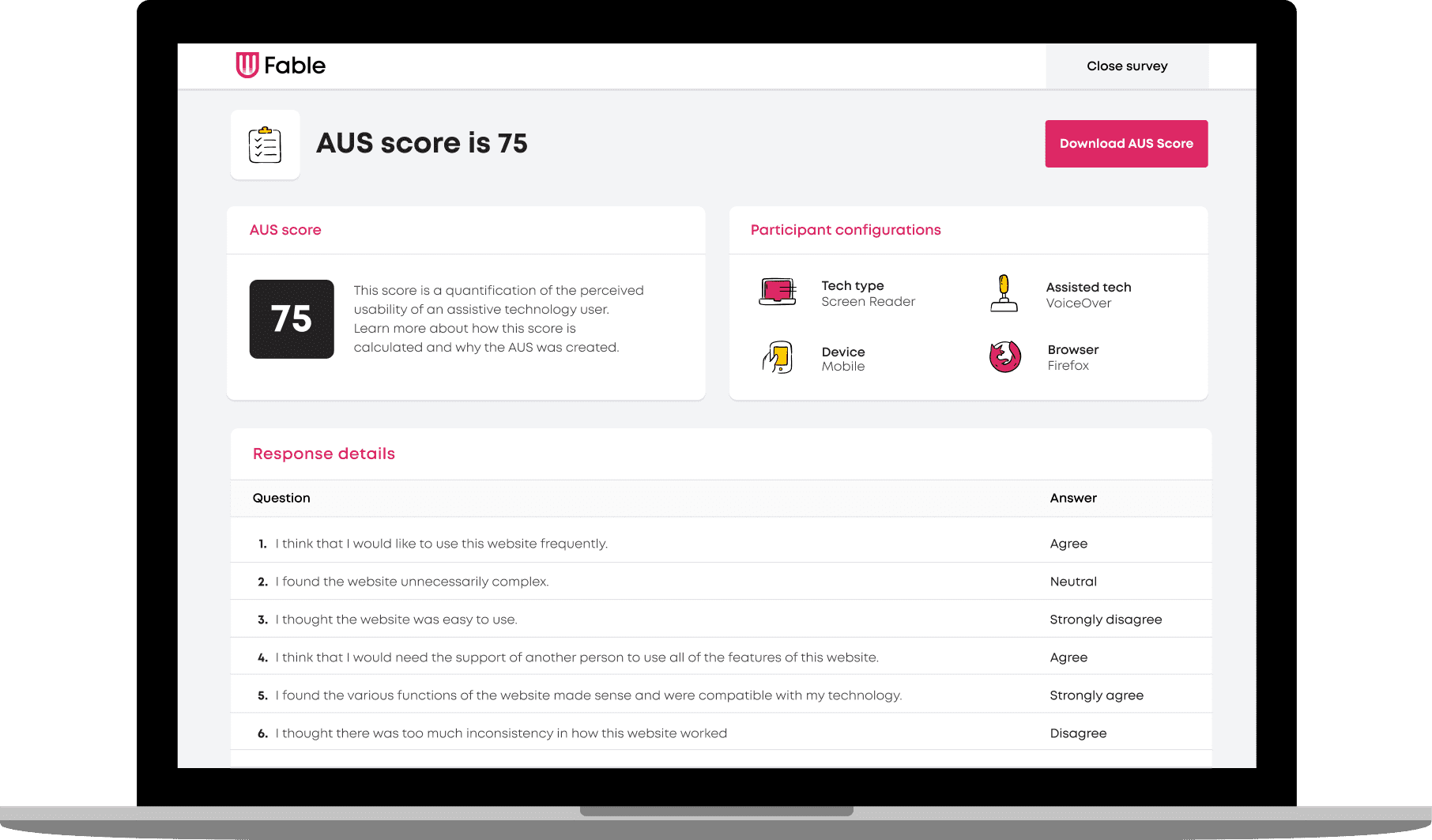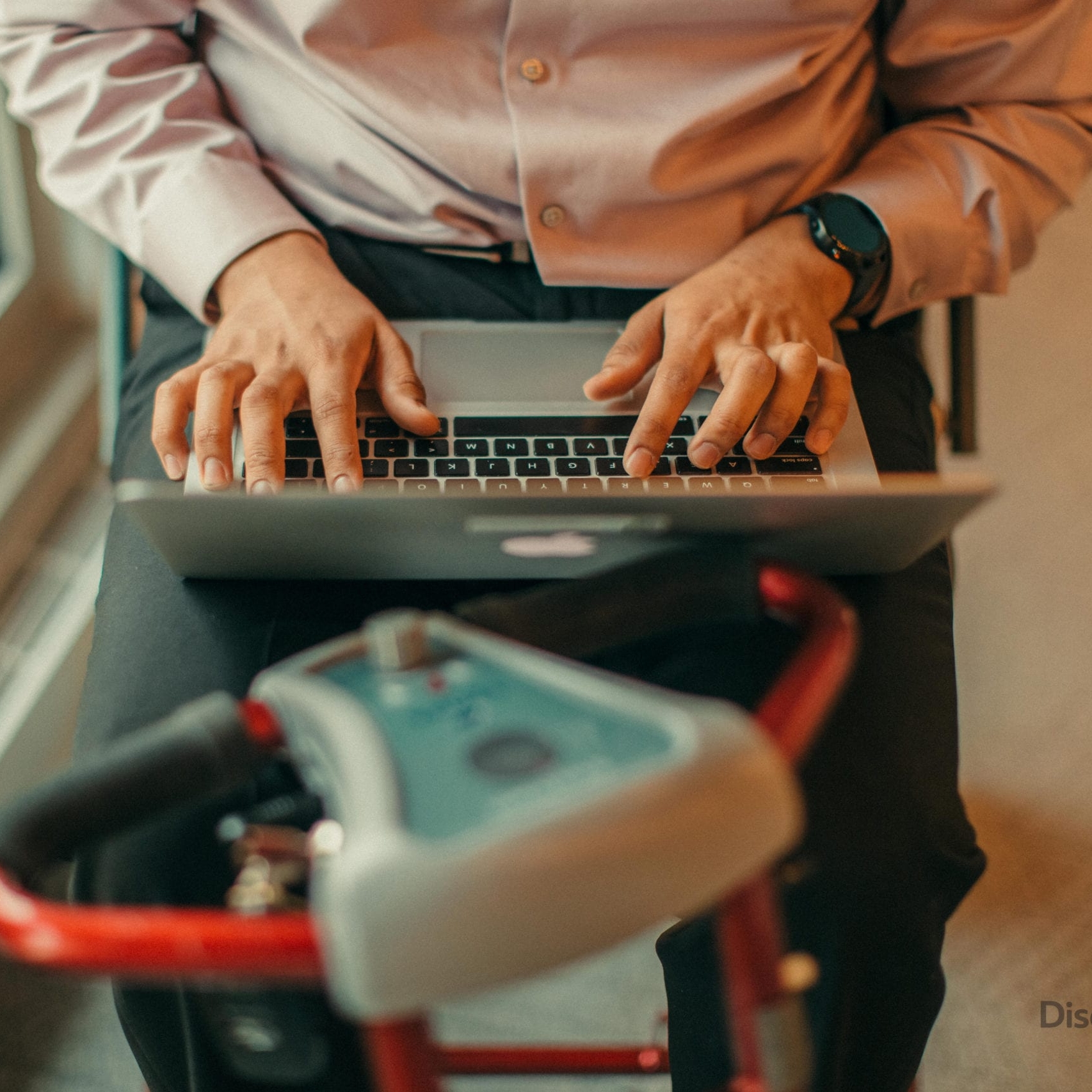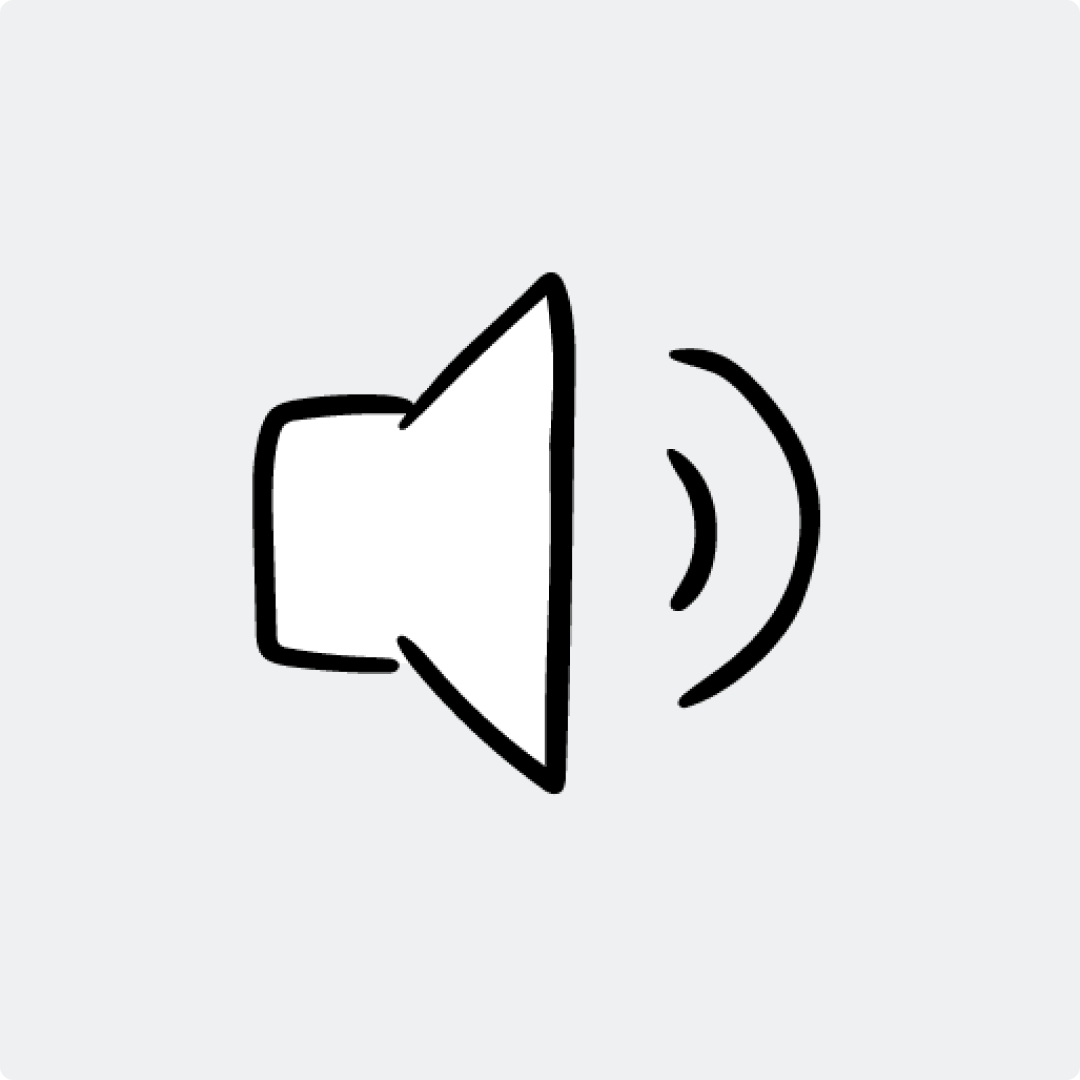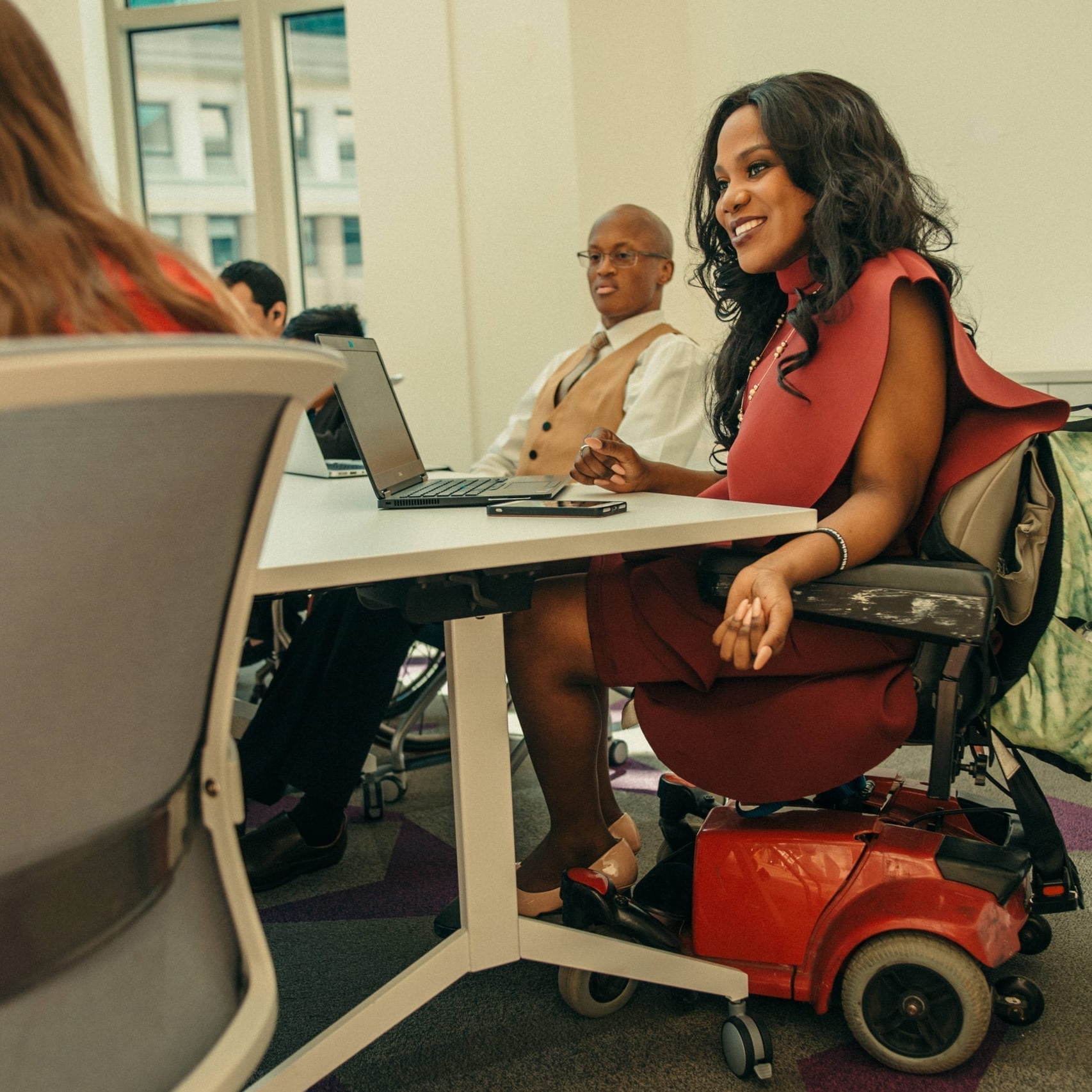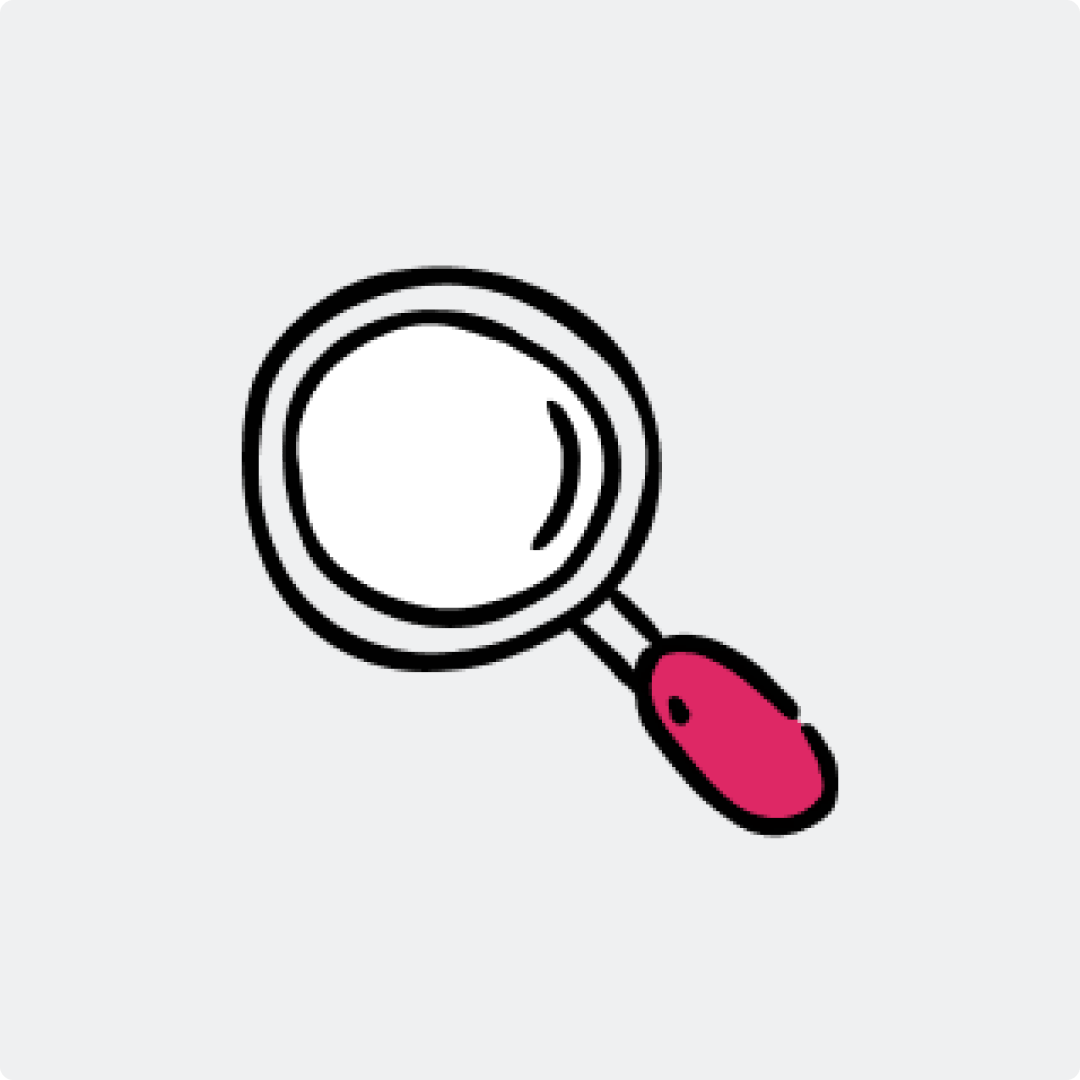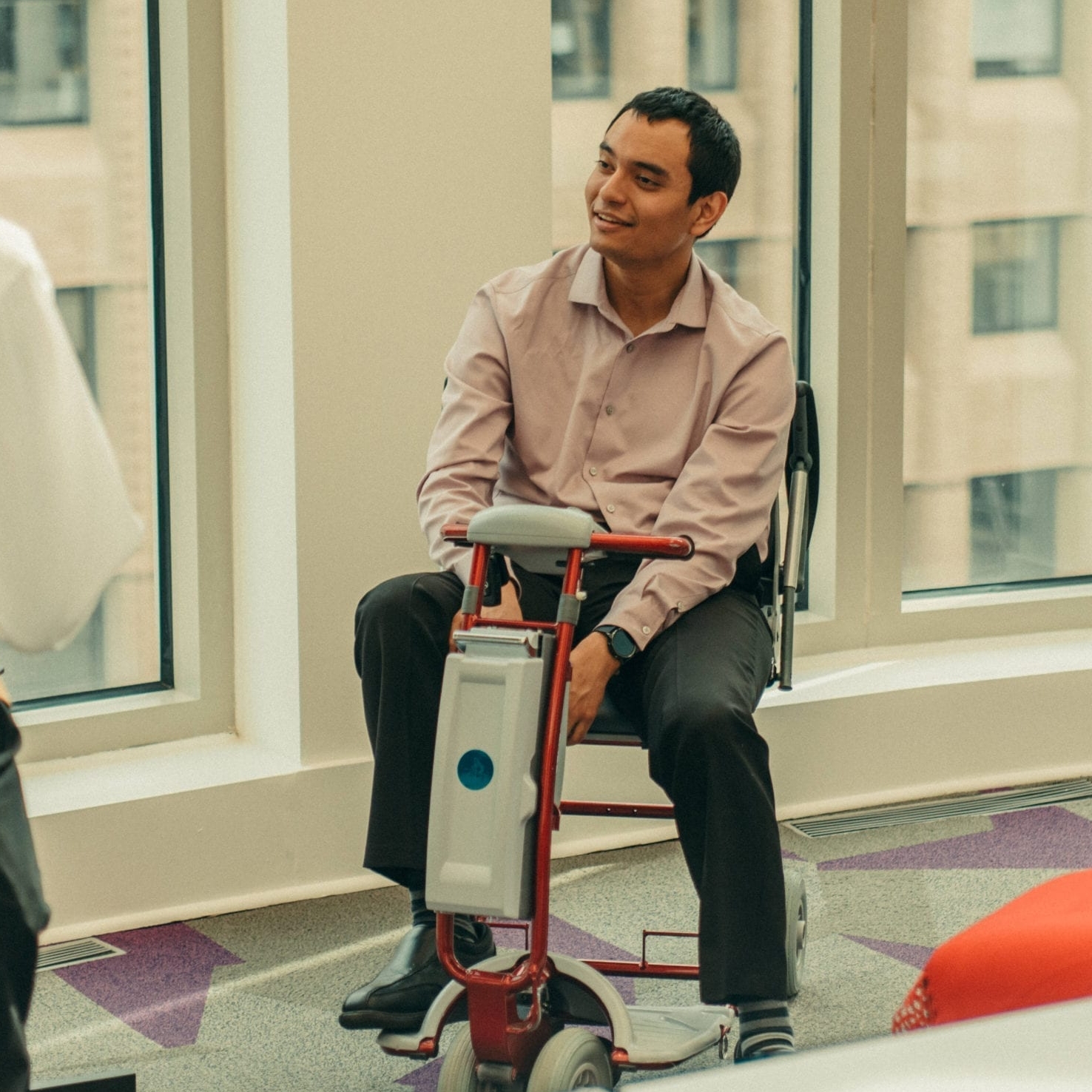Fable Announces Accessible Usability Scale to Enable Organizations to Measure Experiences of Assistive Technology Users
Graham McLaughlin2025-09-17T16:26:26-04:00The free tool is a modified System Usability Scale that can measure the experiences of those who use assistive technologies, for example people living with blindness who use screen readers.

